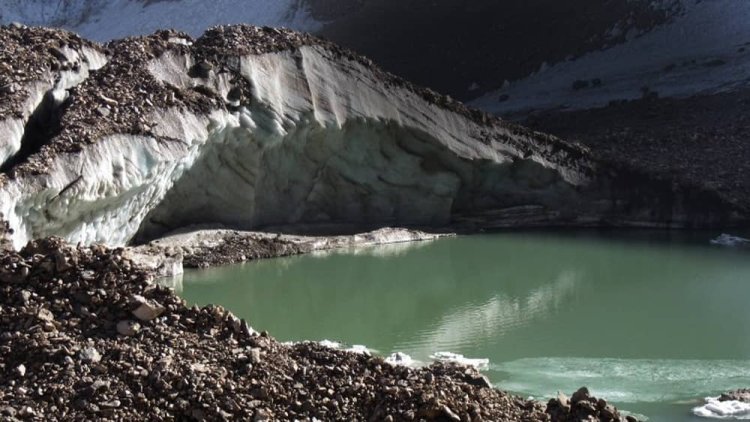UNAMA: Afghanistan's glaciers are melting at an alarming rate

The United Nations Assistance Mission in Afghanistan (UNAMA) has raised concerns about the alarming rate at which Afghanistan's glaciers are shrinking due to climate change over the past 25 years.
In its latest report, UNAMA emphasized the critical role glaciers play for both nature and humanity. The organization warned that Afghanistan's glaciers are rapidly melting and disappearing, posing serious risks to the country's water supply and ecosystem stability.
Afghanistan is home to nearly 3,000 small glaciers, covering an area of approximately 2,500 square kilometers. These glaciers are primarily located in the Hindu Kush and Pamir mountain ranges and are vital for supporting local and regional water resources.
UNAMA highlighted that the glaciers not only sustain water supplies but also feed Afghanistan’s 1,942 glacial lakes, which are crucial for drinking water and irrigation.
Previously, the UN had expressed concerns about increasing droughts in Afghanistan. It noted that insufficient snowfall during this winter, combined with rising temperatures in the spring of 2025, could exacerbate water shortages across the country.
The shrinking of glaciers is yet another indication of the severe impacts of climate change in Afghanistan, where communities are already grappling with environmental and humanitarian crises. UNAMA called for urgent action to address these challenges to protect Afghanistan’s fragile natural resources and ensure water security for its people.
